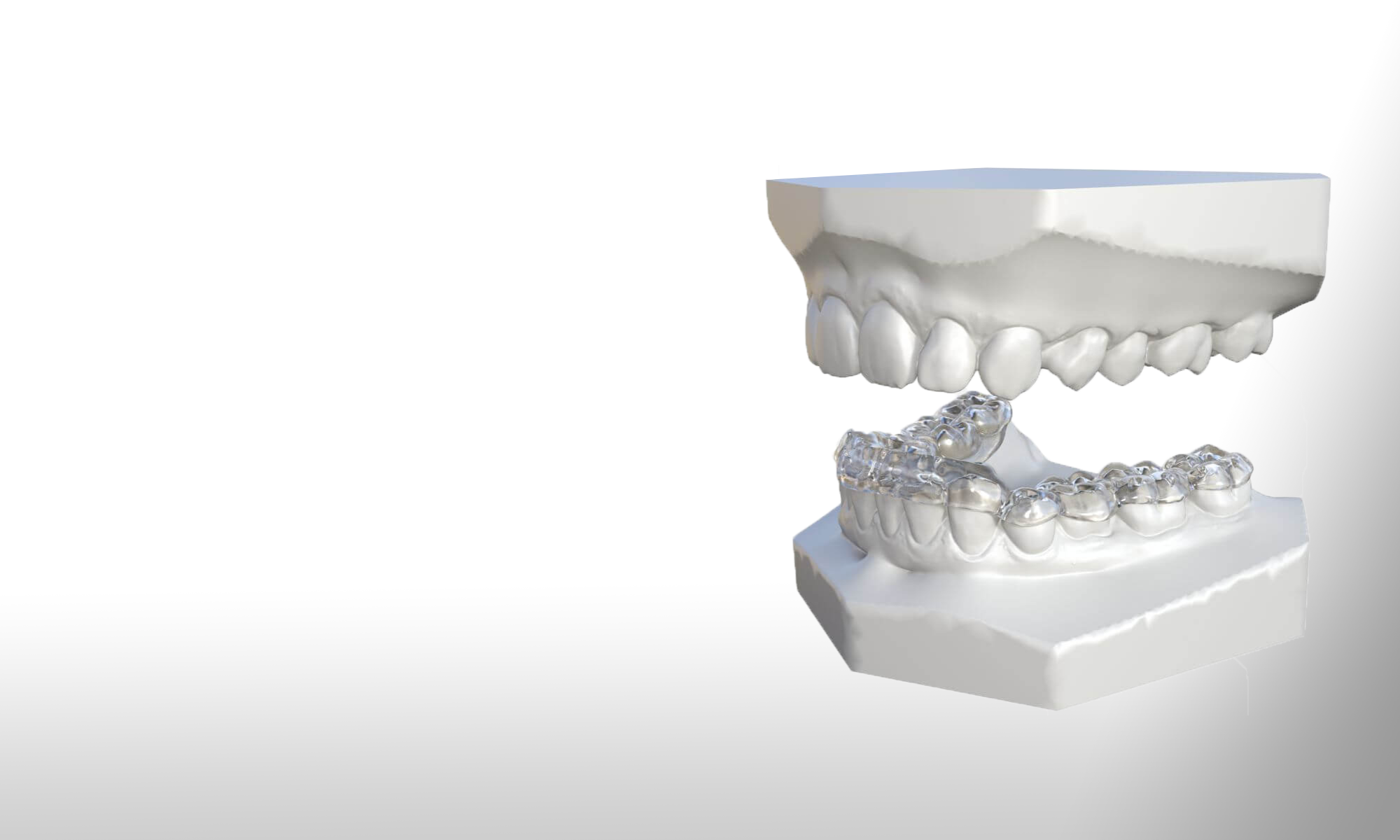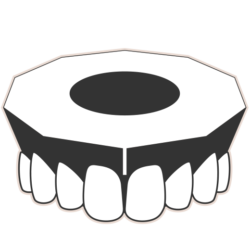Our lab is equipped with state-of-the-art 3D scanners, printers, and software, which allow technicians to create customized orthodontic appliances with unprecedented precision and speed.
The first step in the process is to take a 3D scan of the patient’s teeth. This is done using a wand-shaped scanner that is gently passed over the teeth. The scanner captures millions of points of data, which are then used to create a digital model of the teeth.
The digital model is then imported into orthodontic software, where it can be manipulated to create a treatment plan. The software allows the technician to simulate the movement of the teeth over time, so that the orthodontist can see exactly how the braces will work.
Once the treatment plan is finalized, the technician can send the digital model to a 3D printer. The printer creates a physical model of the braces, which is then polished and assembled by hand.
The entire process of creating customized orthodontic appliances using 3D technology can be completed in a matter of days, compared to weeks or even months using traditional methods. This allows patients to get the applianc(s) they need sooner, and it also reduces the cost of treatment.
In addition to the speed and efficiency benefits, 3D technology also allows for a higher level of precision in orthodontic treatment. The digital models are more accurate than traditional impressions, which means that the braces fit more precisely and are less likely to cause discomfort.
3D technology is becoming increasingly common in orthodontic laboratories. It is the future of orthodontics, and it is already providing patients with better care and shorter treatment times.
Here are some of the specific advantages of using 3D technology in a modern orthodontic laboratory:
- Increased precision: 3D models are more accurate than traditional impressions, which means that the braces fit more precisely and are less likely to cause discomfort.
- Shorter treatment times: The digital workflow is much faster than the traditional workflow, which can lead to shorter treatment times for patients.
- Reduced costs: The cost of 3D printing is declining, which is making it more affordable for orthodontic laboratories to adopt this technology.
- Improved patient experience: Patients appreciate the convenience and comfort of 3D technology, and they are more likely to be satisfied with their treatment results.
Overall, 3D technology is a major advancement in orthodontics that is providing patients with better care, shorter treatment times, and reduced costs. It is the future of orthodontics, and it is already being used in many modern orthodontic practices.


